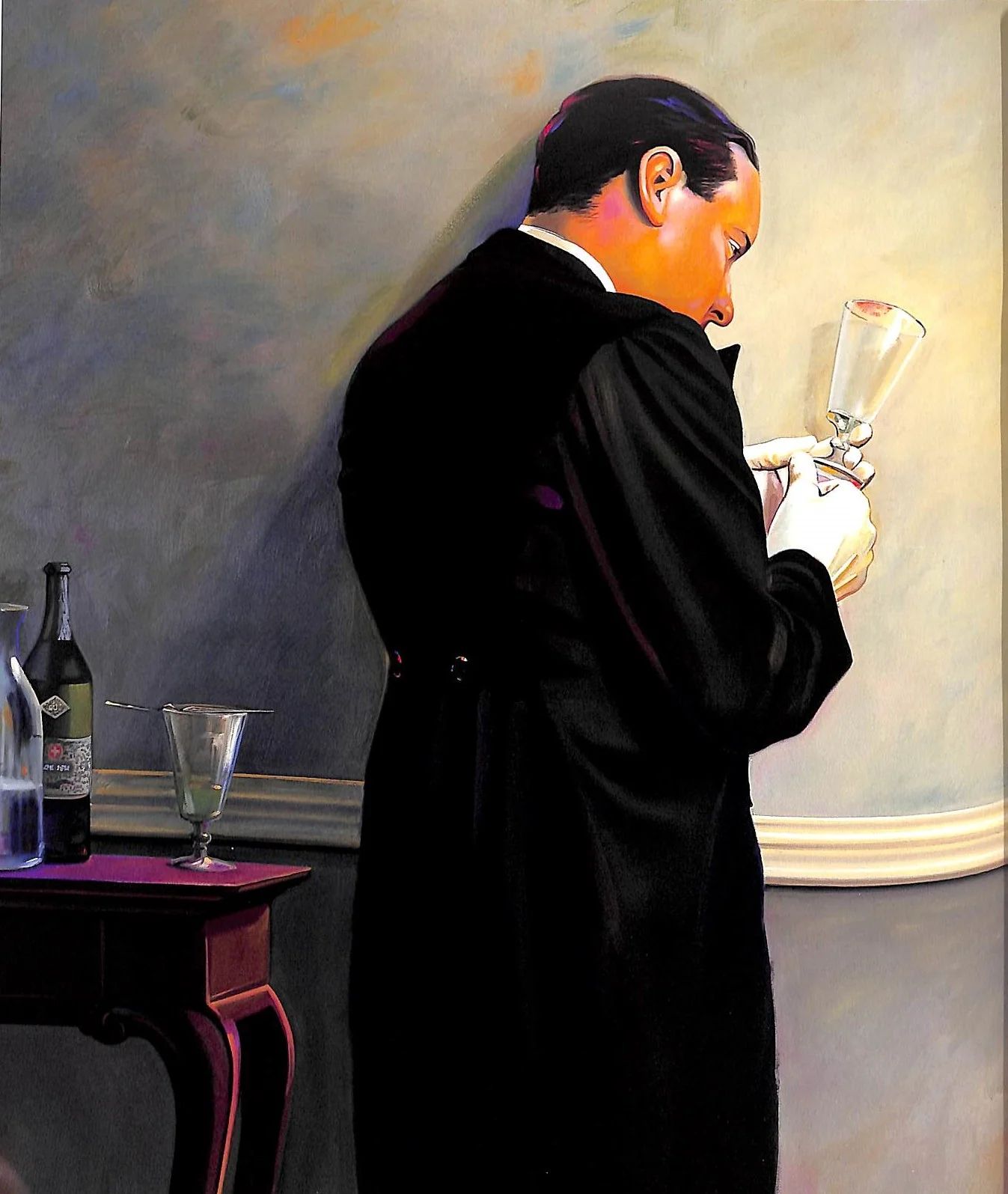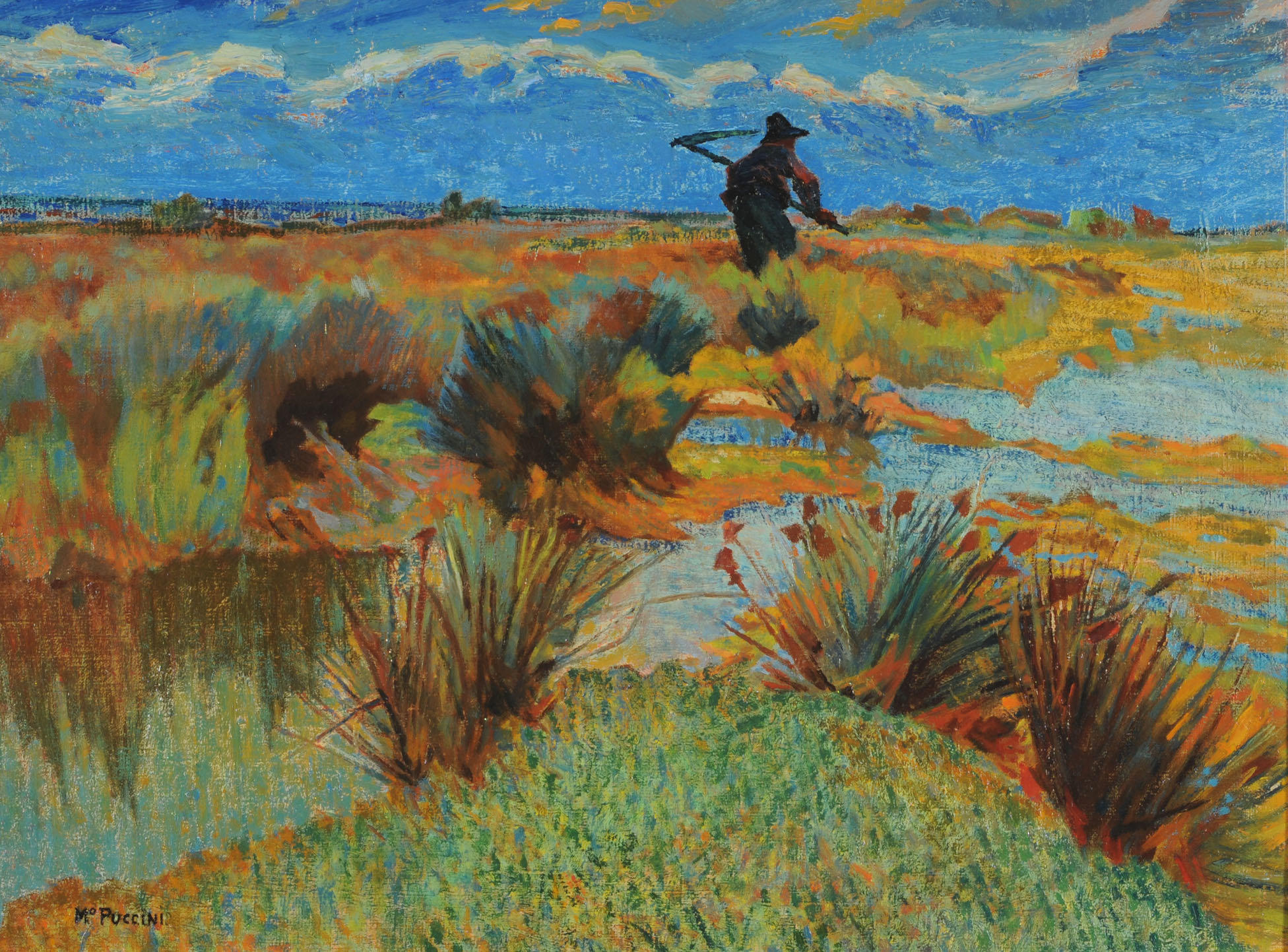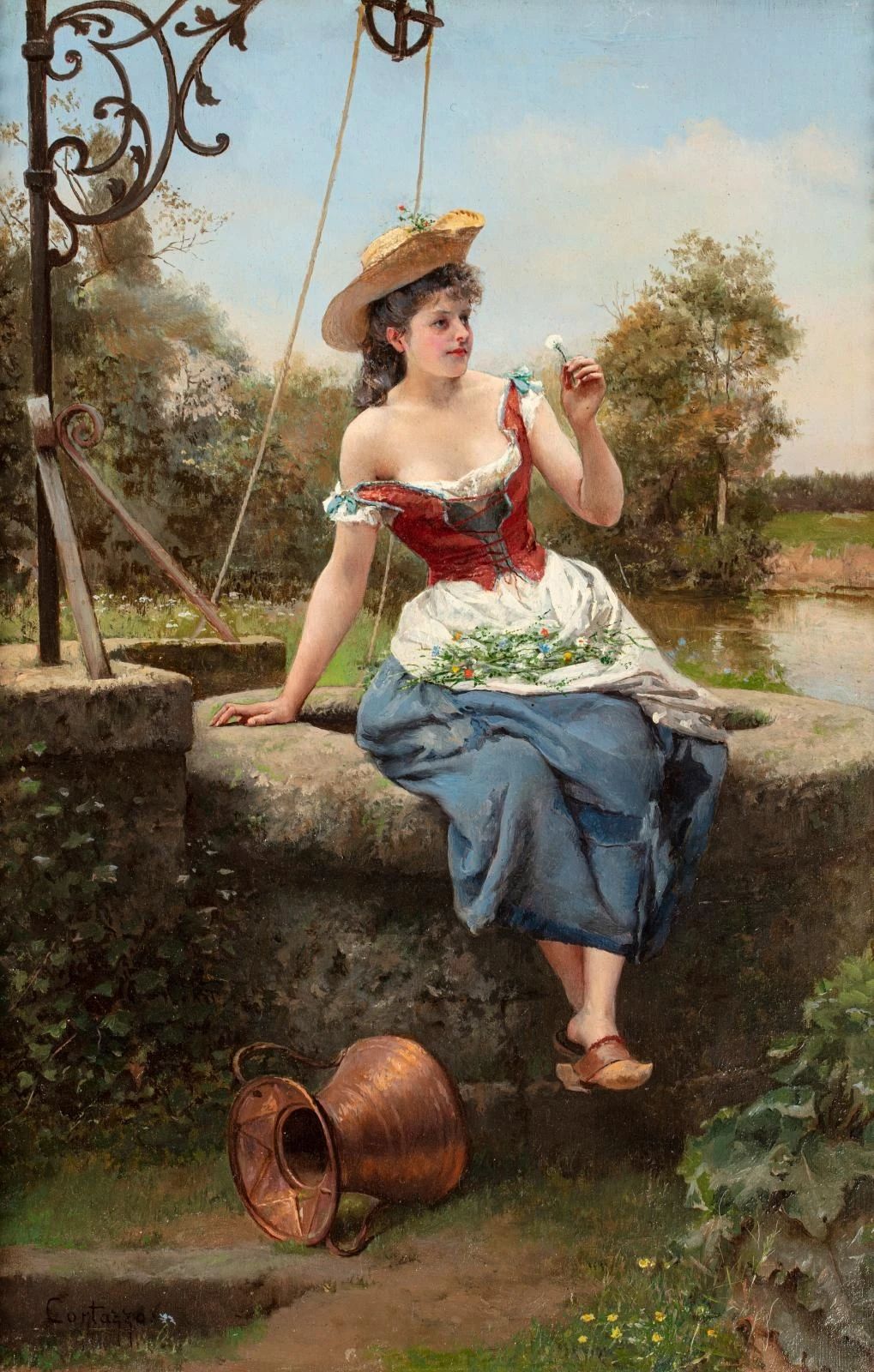Mark Stock (1951-2014) was an American painter.
He was born in Frankfurt, Germany.
The son of an Army officer, Stock lived in many states across America before settling in St. Petersburg, Florida.
He received his Bachelor of Arts degree from the University of South Florida in Tampa, where he studied under Theo Wujcik.
Upon graduating in 1976, Stock was hired to work at Gemini G.E.L. in Los Angeles as a lithographer.








